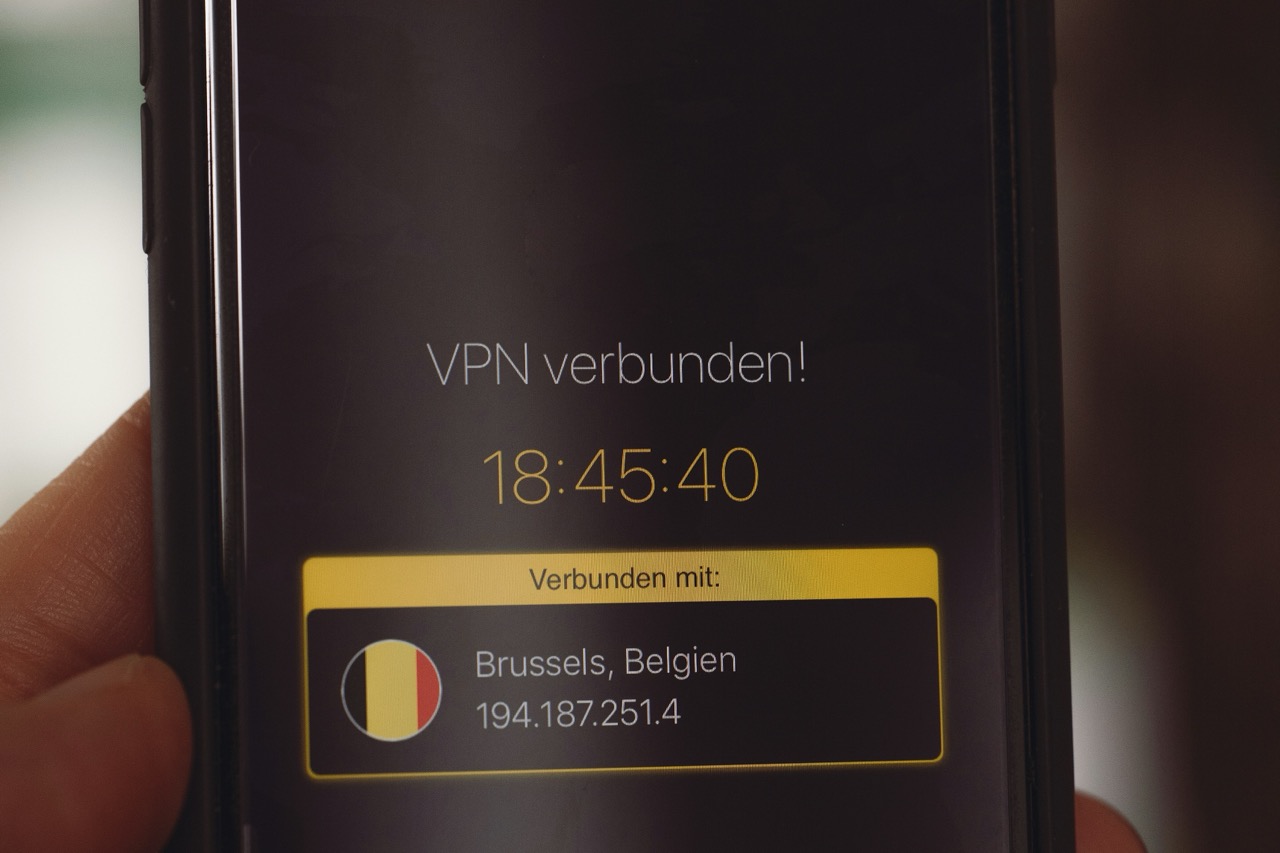In an increasingly digital world, the need for online privacy and security has never been more critical. One significant threat to personal data and browsing activities is Deep Packet Inspection (DPI)—a technique used by ISPs and other entities to analyze internet traffic. As the threats posed by DPI evolve, so too does the technology designed to mitigate them. Virtual Private Networks (VPNs) have emerged as a robust solution for protecting user data against the prying eyes of DPI. This article will explore the implications of DPI, how VPNs can enhance online security, and the role of encryption and protocols in safeguarding internet activity.
Understanding Deep Packet Inspection and Its Implications
Deep Packet Inspection is an advanced technique used to examine the data packets being transmitted over a network. Unlike traditional packet filtering, which only analyzes the header information, DPI inspects the payload of data packets. This allows ISPs, governments, and cybercriminals to not only identify the type of data being transmitted but also to extract sensitive information. The implications of DPI are profound, as it can lead to invasion of privacy, targeted advertising, and even censorship of specific content.
The increasing adoption of DPI raises significant concerns regarding user privacy and data security. For instance, organizations can monitor employee internet usage, while governments may track citizen activities online. This invasive approach can lead to various forms of digital oppression, from censorship of dissenting voices to profiling and targeted surveillance. Moreover, businesses that rely on customer data can be adversely affected if DPI is used to extract sensitive information, leading to potential breaches of confidentiality.
As DPI technology continues to advance, individuals and organizations must become more vigilant about their online privacy. The implications of inadequate protection against DPI are dire, prompting a search for effective solutions. VPNs have emerged as a preferred method for safeguarding internet traffic, yet understanding their functionality and effectiveness against DPI is crucial for users seeking to protect their data.
The Role of VPNs in Enhancing Online Privacy and Security
Virtual Private Networks (VPNs) serve as a conduit for secure internet communication by creating encrypted tunnels between the user and the internet. By routing traffic through VPN servers, users can mask their IP addresses, making it challenging for third parties to track their online activities. This anonymity is particularly important in an era where data privacy has become increasingly compromised. VPNs effectively obfuscate data, making it more difficult for DPI to identify the specific content being accessed.
In addition to anonymizing user identity, VPNs provide a layer of encryption that secures data in transit. This means that even if data is intercepted during transmission, it remains unintelligible without the appropriate decryption key. As such, VPNs are invaluable tools for individuals who wish to protect sensitive information from ISPs, hackers, or other entities conducting DPI. Moreover, VPNs can enable users to bypass geo-restrictions and access content that may otherwise be censored in their region.
As awareness grows regarding the implications of DPI, the adoption of VPNs is becoming increasingly prevalent. Organizations and individuals alike are recognizing the importance of online privacy and the role that VPNs play in preserving it. However, not all VPNs are created equal, and users must be discerning in their choice to ensure that they are adequately protected against DPI and other forms of surveillance.
How VPN Encryption Mitigates Deep Packet Inspection Risks
VPNs employ various encryption methods to safeguard user data from Deep Packet Inspection. The encryption process transforms readable data into an encoded format that can only be deciphered by authorized parties, effectively thwarting unauthorized access. Common encryption protocols include Advanced Encryption Standard (AES) and Triple Data Encryption Standard (3DES), which are known for their robust security features. By utilizing these encryption methods, VPNs ensure that even if data packets are intercepted, they remain unreadable.
Encryption not only protects the content of data packets but also minimizes the effectiveness of DPI. Since DPI relies on analyzing packet contents to categorize and infer user behavior, the use of strong encryption renders this analysis significantly more challenging. The ability to shield data from scrutiny allows users to browse the internet without the fear of surveillance, thus enhancing their overall online security.
Moreover, robust encryption techniques can deter potential attackers who may wish to exploit vulnerabilities in internet traffic. In a landscape where data breaches and cyber-attacks are prevalent, encryption serves as a formidable line of defense. Users can engage in safe online activities, such as banking transactions or sharing sensitive information, with the confidence that their data is protected from prying eyes and potential interception.
Evaluating Different VPN Protocols for Optimal Protection
When choosing a VPN, users must consider the underlying protocols that determine the level of security and performance. Various VPN protocols, such as OpenVPN, IKEv2/IPsec, and WireGuard, offer differing levels of encryption, speed, and compatibility. OpenVPN, known for its open-source nature and high level of security, is a popular choice among privacy advocates. It utilizes robust encryption standards and can easily navigate network firewalls and DPI.
IKEv2/IPsec, on the other hand, is favored for its speed and ability to reconnect quickly when a user switches networks, making it suitable for mobile users. However, it may not provide the same level of obfuscation as OpenVPN. WireGuard, a newer protocol, stands out for its simplicity and efficiency, offering strong encryption with minimal overhead. As such, it has gained traction among users looking for fast, secure connections.
Selecting the optimal VPN protocol involves balancing security needs with performance expectations. Users must assess their unique requirements and the potential risks associated with their online activities. By understanding the different protocols and their implications for protection against DPI, users can make informed decisions about their VPN services, ensuring that they are adequately shielded from invasive surveillance techniques.
Real-World Scenarios: VPNs vs. Deep Packet Inspection Tactics
To illustrate the effectiveness of VPNs in combating Deep Packet Inspection, consider the scenario of a user attempting to access a streaming service that is blocked in their country. Without a VPN, the user’s ISP could detect their attempts to bypass restrictions and potentially throttle their connection or block access altogether. However, when using a VPN, the user’s traffic is encrypted and their IP address is masked. The ISP sees only that the user is connected to the VPN server, making it difficult to discern what content they are accessing.
In a corporate environment, employees may be monitored through DPI to ensure compliance with company policies. VPNs can prevent this invasive surveillance by encrypting employee internet traffic, allowing them to communicate and work without fear of being scrutinized. This not only enhances privacy but also promotes a culture of trust, where employees feel secure in their online activities, free from unwarranted monitoring.
Additionally, in regions where government censorship is prevalent, individuals can leverage VPNs to circumvent restrictions imposed by DPI. By decrypting internet traffic and providing access to blocked websites, VPNs empower users to exercise their right to free expression. These real-world scenarios underscore the importance of VPN technology in providing not just a layer of privacy, but also the means to navigate an increasingly surveilled and restricted online landscape.
Future Trends: VPN Technology and Evolving DPI Challenges
As Deep Packet Inspection technology continues to advance, the VPN industry must adapt to meet evolving challenges. One significant trend is the development of obfuscation techniques, which aim to disguise VPN traffic as regular internet activity. By masking the fact that a user is connected to a VPN, these techniques enhance the ability to bypass restrictive firewalls and DPI. The emergence of such technologies highlights the ongoing arms race between those seeking to monitor internet activity and those striving for online privacy.
Furthermore, with the increasing prevalence of Internet of Things (IoT) devices, the need for comprehensive security solutions grows. As DPI expands to monitor data from these devices, VPNs are likely to evolve to accommodate the unique challenges posed by IoT. This could involve the integration of VPNs into IoT devices themselves, ensuring that data transmitted from these devices remains secure and private.
Finally, the regulatory landscape surrounding data privacy is also bound to influence VPN technology. As governments around the world implement stricter privacy laws, VPN providers will need to ensure compliance while maintaining user anonymity. This may lead to the emergence of new privacy-focused features and functionalities, enhancing the ability of VPNs to protect against invasive tactics like DPI.
In conclusion, as the threats posed by Deep Packet Inspection become more sophisticated, the role of VPNs in safeguarding online privacy and security is increasingly vital. Through robust encryption and various protocols, VPNs effectively mitigate the risks associated with DPI, allowing users to navigate the internet anonymously and securely. As technology evolves, both DPI techniques and VPN capabilities will continue to develop, necessitating ongoing vigilance from users seeking to protect their digital identities. By understanding the significance of VPNs and staying informed about emerging trends, individuals can take proactive steps to enhance their online privacy in an ever-changing landscape.










